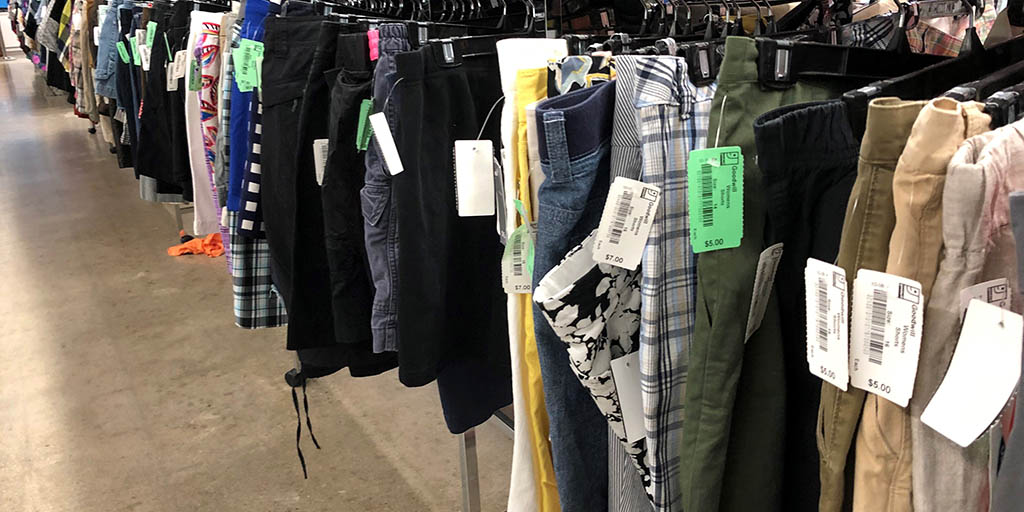Thrifty and sustainable: How to avoid the fast fashion industry
 CREDIT: AMY SCOTT
CREDIT: AMY SCOTTBefore hitting the mall for your next shopping spree, remember you may be saving money at the expense of others' wellbeing.
The fast fashion industry is one of the greatest contributors to climate change globally.
Through the use of cheap materials and overseas sweatshops, fast fashion brands such as H&M or Forever 21 can produce large quantities of products at rapid speeds and low costs. These products are then sold to consumers at inflated prices, ensuring a large profit margin for the company.
This is done at the expense of child labourers in sweatshops who work endless hours in poor conditions to bring an extremely small amount of money home for their family.
In 2013, an eight-story garment factory called Rana Plaza collapsed in Bangladesh, leaving 1,134 people dead, and 2,500 injured. Inside the plaza was many different garment factories including those that manufactured for companies such as Gucci, Prada, Walmart, and Joe Fresh, all shipping their products to Canada and the United States. The day prior the building was evacuated after cracks in the walls were spotted, but the owner of the plaza ensured the building was safe. Managers at the factories threatened to withhold a month of pay if workers refused to come to work.
While this is one particular case, it speaks on the conditions in which American and Canadian companies allow human beings to work under for the sake of saving on manufacturing costs.
In terms of environmental impact, the use of cheap textiles to create these products means that the products typically aren’t durable for long periods of time, which leads to consistent replacement of the product, creating more waste which will most likely end up in a landfill. Every time a new product is created, energy is used to produce the synthetic fibres, and pesticide is often used on cotton. Additionally, there is lower travel-related pollution when buying second-hand as often the product is donated and resold in the same city.
Fair trade clothing brands, such as Patagonia or Everlane, pay workers a suitable wage, offer benefits, and restrict work hours to a humane amount. Although there are many ethical and fair trade clothing brands, the downside is that they cannot maintain the same price ranges as fast fashion brands due to the nature of their creation.
While supporting fair trade brands is important for an ethical shopping experience, it is not always possible for college students on budgets.
Thrifting is a budget-friendly alternative in which you can find your favourite brands, without directly supporting the fast fashion industry.
When items are thrifted as opposed to buying new, the clothing items are recycled and no new resources have been used.
The process is simple: people bring in their used goods that are still in good condition. This isn’t limited to clothing, but also books, glassware, or sports equipment. Staff will then sort through the donation to ensure that it is in good enough condition to resell, and will price it according to quality and brand. Items are then placed on racks, bins, or shelves that costumers can look through. Some thrift stores will price items individually, and some, such as Goodwill Outlet stores price by weight.
Many thrift stores are not-forprofit, meaning that the money from their sales go directly to charities. Your money is going to help those in need, as opposed to helping a CEO buy a new boat.
London has many thrift stores, including Goodwill, Talize, and Value Village, as well as smaller, independently-owned stores. All of these stores have large selection of items and often have sale days.
Before hitting the mall for your next shopping spree, remember, you may be saving money, but at what cost?














